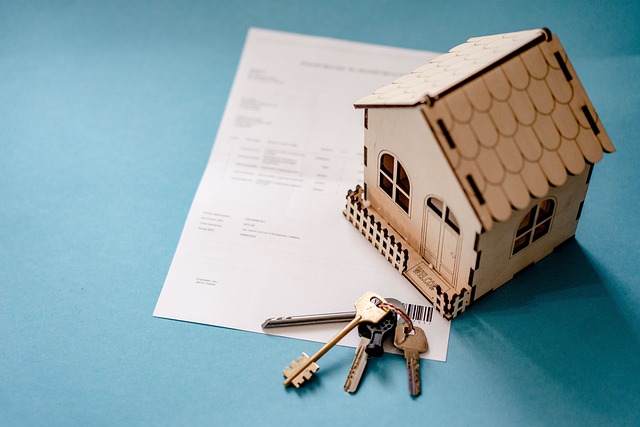The Dual Key EC (Exchange Control) handover streamlines property ownership transfers with a unique two-key system, eliminating intermediaries and enhancing transparency for buyers and sellers. Buyers inspect the property pre-finalization, while sellers legally transfer ownership within days of receiving the buyer's key. Effective communication and clear expectations among all parties ensure a positive handover experience for dual-key properties.
“Unraveling the mysteries of the EC handover process is crucial for buyers navigating the real estate market. This comprehensive guide dives into the intricate dual key EC (Electronic Conveyance) system, offering a transparent journey from contract to ownership.
We’ll explore the key steps ensuring a seamless transition, from initial inspection to final registration, making the buying experience less daunting and more rewarding. Understanding this process is essential for buyers seeking a smooth entry into their new property.”
- Understanding the Dual Key EC Handover Process
- Key Steps Involved in a Successful EC Handover for Buyers
Understanding the Dual Key EC Handover Process

The Dual Key EC (Exchange Control) handover process is a streamlined method designed to simplify the transition of property ownership, ensuring a smooth experience for both buyers and sellers. This unique approach involves the use of two keys—one held by the buyer and another by the seller—to facilitate the exchange without the need for intermediaries like banks or brokers. By maintaining separate control over their respective keys, each party has visibility into the process, enhancing transparency and trust.
This method is particularly beneficial for buyers as it offers a level of security and flexibility. With their key, buyers can access the property before finalization to ensure it meets their expectations. Once ready, they hand over their key, triggering the seller’s obligation to transfer ownership legally, typically within a few days. This structured handover process eliminates many potential pitfalls associated with traditional real estate transactions, making it an attractive option for savvy buyers and sellers alike.
Key Steps Involved in a Successful EC Handover for Buyers

The successful EC (Exchange Contract) handover process is pivotal for buyers, ensuring a smooth transition from seller to buyer ownership. This involves several key steps that require meticulous planning and coordination. Firstly, buyers must meticulously inspect the property, verifying its condition against agreed-upon terms in the contract. This includes checking for any necessary repairs or maintenance, especially when dealing with a Dual Key EC, where two separate living spaces share a common area.
Effective communication between all parties is another crucial step. Buyers should clearly communicate their post-handover expectations and plans to the seller and their representatives. Similarly, sellers must disclose any known issues or upcoming developments that could impact the property. This transparency ensures both parties are aligned, fostering a positive handover experience, especially for Dual Key EC properties where clear demarcation of shared spaces is essential for peaceful coexistence.
The dual key EC handover process is a seamless mechanism designed to ensure a smooth transition for buyers entering the electronic contract (EC) space. By understanding and meticulously executing the key steps outlined in this article, buyers can navigate the complexities of EC ownership with confidence. Embracing digital innovation through efficient handover procedures paves the way for a thriving future in the world of electronic contracts.
